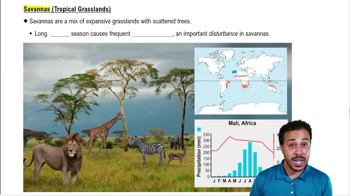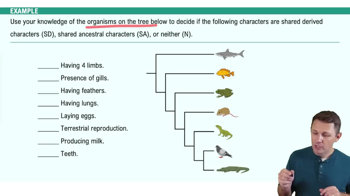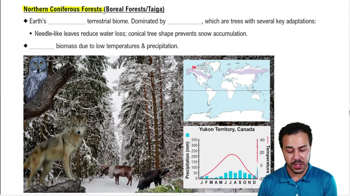Where do rain shadows exist?
a. The part of a mountain that receives prevailing winds and heavy rain
b. The region beyond a mountain range that receives dry air
c. The region along the equator where precipitation is abundant
d. The region near 30°N and 30°S latitude that receives dry air






